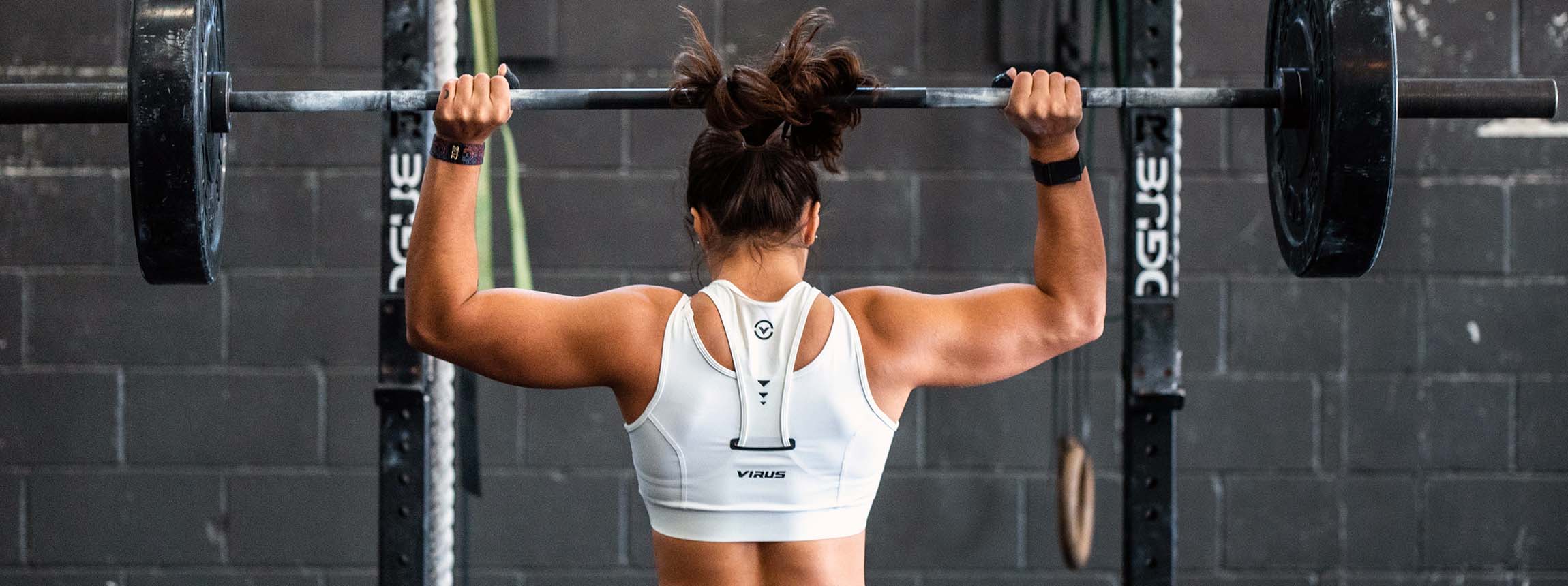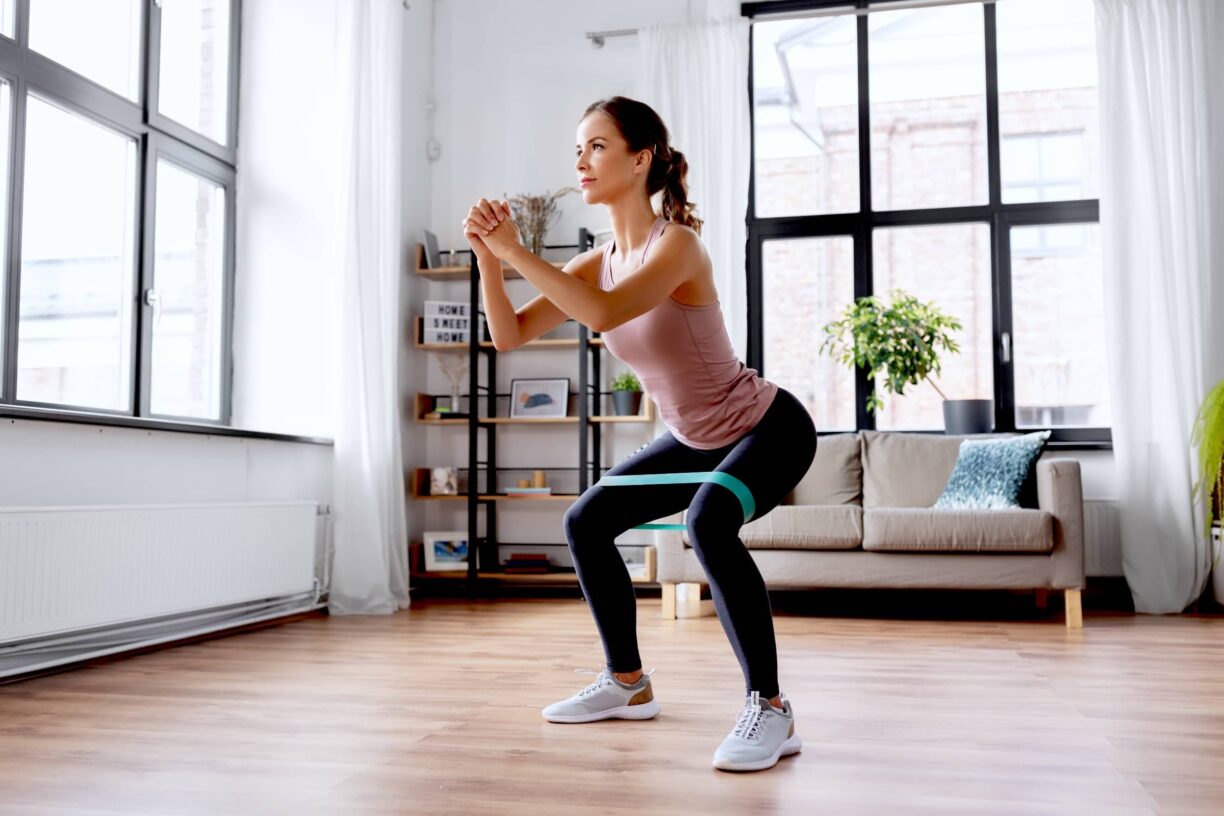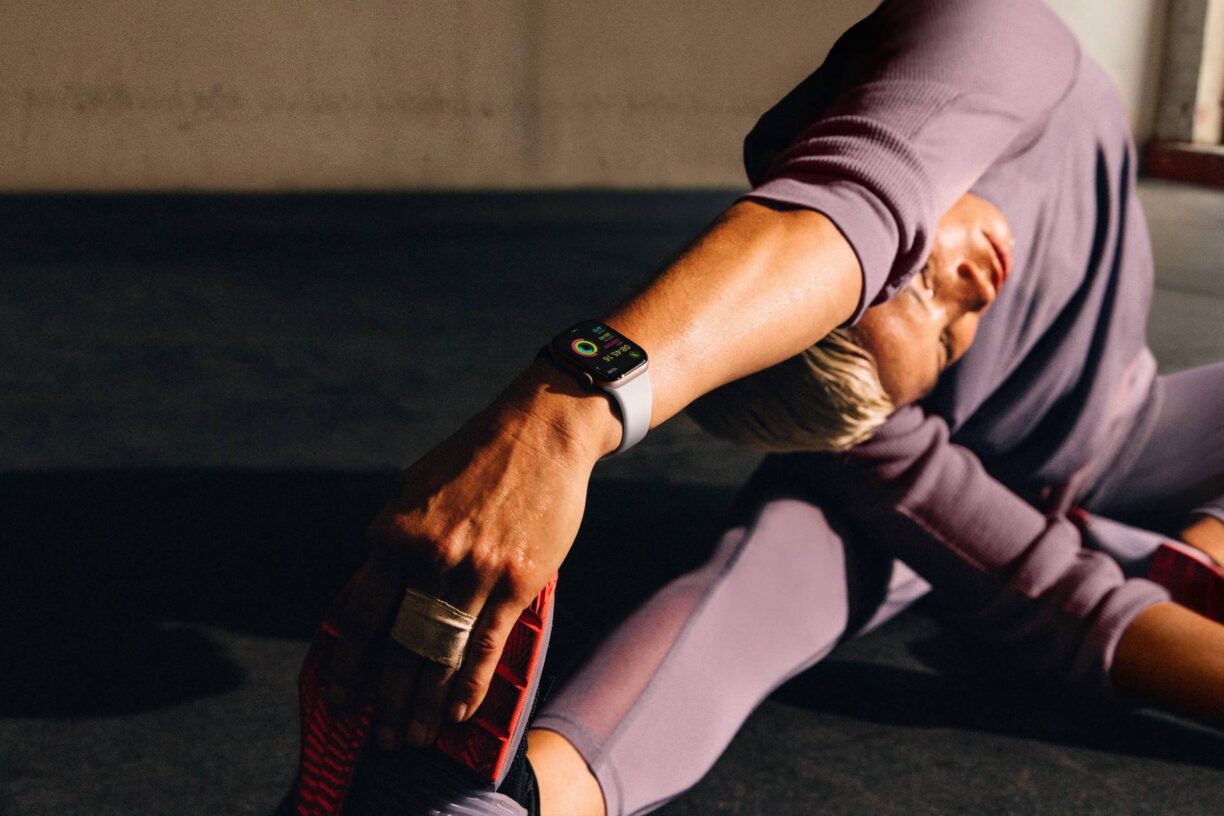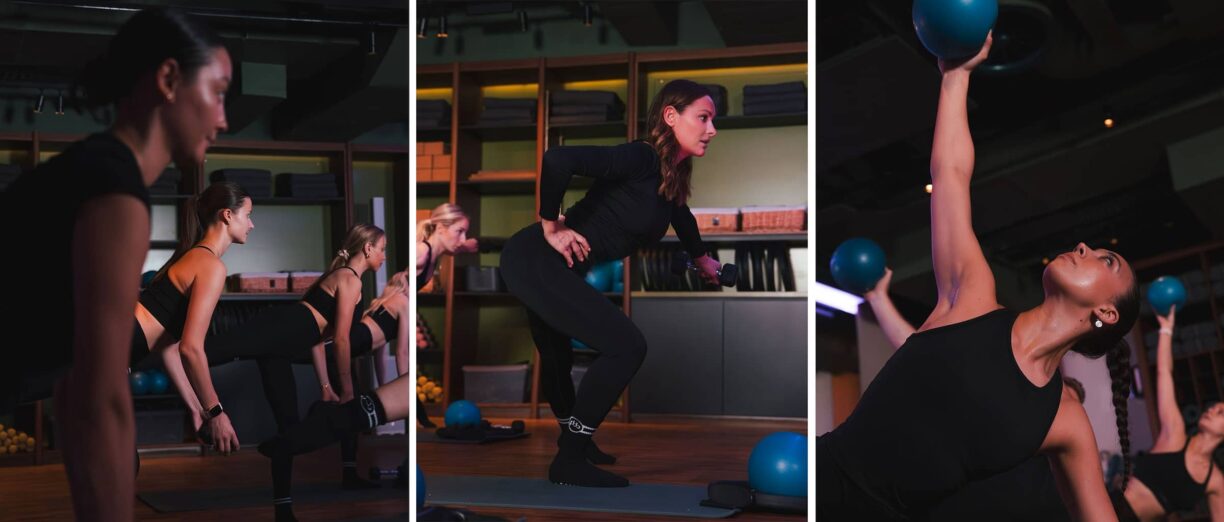If seeing the Lionesses in action inspires you to get more active, these tips can help you start training like a World Cup footballer — whether you play or not.
Start with cardiovascular fitness
First and foremost, footballers need to have excellent stamina and endurance. Although the distance covered per match varies between each player’s position and their role on the team, on average, professional footballers cover around 10km per game (SQAF).
While full-backs and central defenders can cover up to 11km per 90-minute game, goalkeepers unsurprisingly tend to average lower than this, clocking in at around 4km.
However, all footballers need to keep up their basic fitness levels regardless of position, as they never know when they may need to jump into action.
So, to bring some football-inspired fitness into your exercise regime, the first thing you’ll want to focus on is your cardiovascular fitness. Alongside the hours spent on the pitch, professional players supplement their training with plenty of cardio such as running, cycling, and interval training.
Treadmill intervals
Especially for strikers who often need to give a burst of speed at a moment’s notice, high-intensity interval training is a very effective way to build up your stamina and agility.
So, as well as going on longer runs outside or on the treadmill, if you want to improve your overall speed and endurance, you’ll benefit greatly from incorporating some interval workouts.
A treadmill is an incredibly useful and versatile piece of equipment for any home gym, especially if you want to maintain your fitness during bad weather, a busy schedule, or train without a gym membership.
One simple interval workout to try is setting the machine to a 1% incline and jogging at a medium pace for ten minutes to warm up. Then, ramp up the speed to reach your maximum effort and sprint for a full 30 seconds.
Return to your average jogging pace for 3 minutes and repeat this at least 5 times to get in a solid interval session that will do wonders for your cardiovascular health.
Spinning on a stationary bike
Just because you run during a football match doesn’t mean this has to be your only source of cardio. Investing in a stationary bike is an excellent way to maintain your weight and stamina at home, as like the treadmill they’re also great for intervals and are sure to leave you sweating!
Cycling is excellent for overall leg strength and works the core muscles incredibly well, meaning that it’s a great supplement to football-style training.
Not only this, but classic, efficient equipment like this helps you work out like the pros in the comfort of your own home, simply by hopping on the bike for half an hour before or after work.
Incorporate strength training and conditioning
While cardio might be the best place to get started when working out like a footballer, make sure you pair this with weight training to help build up important muscle groups.
Strengthening the glutes and calves can help players be more explosive when it’s time to sprint across the pitch, and will help you improve your running time.
Not only this, but strengthening all the key muscles used during a 90-minute game of football is also vital for protecting players’ joints and preventing injury.
It’s important that athletes maintain a good level of strength and fitness across their whole body, but some of the major muscles used in football training include the quads, calves, hip flexors, groin, hamstrings, and the Achilles tendon.
Strengthening and conditioning these muscles can therefore improve performance but also avoids any strain or injury from overuse. Below are some targeted strength workouts you can try to strengthen these key muscle groups.
Dumbbell bench step-ups
This exercise has actually been recommended by Manchester United’s head of strength and conditioning, Tony Strudwick, for how well it can help players transition from a sprint to a jump and reach those all-important headers (FourFourTwo). To perform this exercise, hold a medium-weight dumbbell in each hand and stand next to a bench.
Place your closest foot onto the bench and push yourself up until both legs are straight, powering through your glutes and calves. Repeat this for the same number of reps on each side.
This exercise is great for working on your single-leg stability too, which is essential for quickly changing direction during a match.
Medicine ball push-ups
Although the legs are of course the focus of most football training, it’s important to work on your core and upper body strength too.
Doing push-ups off a medicine ball rather than standard ones on the ground is an excellent way to build this much-needed core strength and stability, while also improving your balance.
Just be sure to distribute your weight as evenly as possible through both hands, so that the ball doesn’t roll out from underneath you.
Don’t forget to stretch and recover
Ensuring that you allow ten minutes of proper stretching after each workout is vital for proper recovery. You may also want to include foam rolling in your cool-down routine, as this can help prevent the dreaded DOMS (delayed onset muscle soreness) after a particularly tough session.
As well as stretching, be sure to let your body recover with plenty of healthy food, water, and sleep to give you the energy you need to train like the pros!
Keoghan Bellew, Personal Trainer at Fitness Superstore comments:
“Professional footballers undergo rigorous daily training to get ready for major events like the World Cup, so while you may not be able to emulate their exact regime, you can certainly let it inspire your workouts — whether you play or not!
With plenty of cardio balanced out by strength and conditioning workouts, football-style training is a great way to build up your stamina, agility, and full-body fitness.
“Remember that while cardiovascular fitness is the main focus of a footballer’s regime, weight training and proper recovery are vital not just for building strength, but also for preventing injury and improving performance.
So, while adding classic pieces of cardio equipment like a treadmill or stationary bike to your home gym is key, don’t forget about weights and conditioning equipment like kettlebells, resistance bands, or ab wheels to give you the professional training experience from home.”





